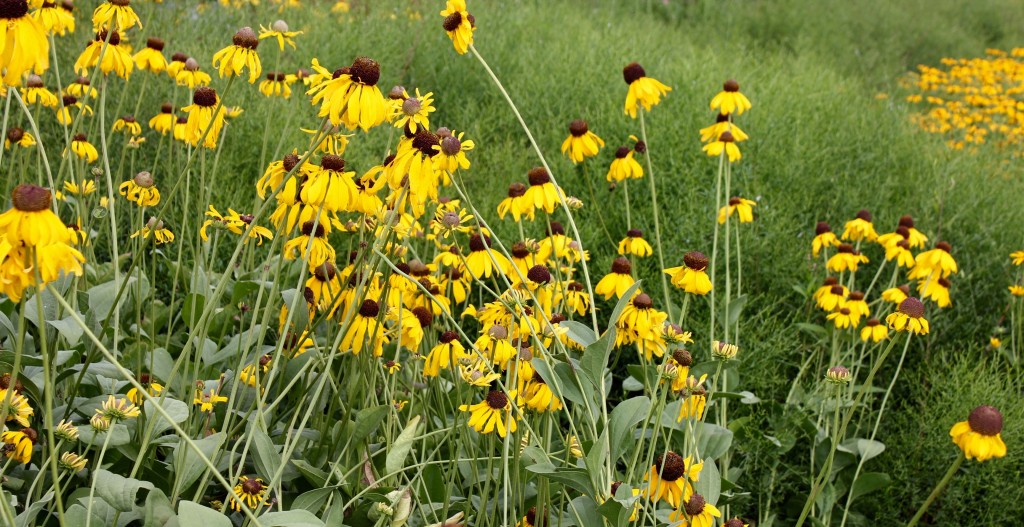 Two weeks ago I wrote an open letter to Consumer Reports voicing my concerns about some recent articles they had published regarding lawn and garden care, as well as reiterating some issues that Linda Chalker-Scott Ph.D. had with one of their stories. You can read the article for yourself, but the long and short of it is that they made some weed control recommendations that don’t work and recommended a chemical which might cause cancer. Honestly, I fully expected my post to be ignored, but you guys grabbed onto it and posted it over on the Consumer Reports Facebook page and, amazingly enough, they wrote back to me that night and told me they’d get back to me!
Two weeks ago I wrote an open letter to Consumer Reports voicing my concerns about some recent articles they had published regarding lawn and garden care, as well as reiterating some issues that Linda Chalker-Scott Ph.D. had with one of their stories. You can read the article for yourself, but the long and short of it is that they made some weed control recommendations that don’t work and recommended a chemical which might cause cancer. Honestly, I fully expected my post to be ignored, but you guys grabbed onto it and posted it over on the Consumer Reports Facebook page and, amazingly enough, they wrote back to me that night and told me they’d get back to me!
Man, was I excited, because hey, even though I’m no longer with a University Extension Service I still have that “impact” mentality. I was looking forward to Consumer Reports writing a little letter in the front of the magazine saying that their recommendation was faulty and that they would do better in the future. Or at least I was expecting them to write me a little note saying hey, we were wrong, and in the future they’ll do better. Look, I’ve worked with pesticides and plants for over 20 years, and to have the chance to influence Consumers Reports, a magazine whose integrity I’ve respected for years…. and maybe even help them see where they’d gone wrong and improve their future recommendations?…Wow…This was a dream come true!
After a week I was getting a little antsy, but they wrote back again, told me some people were on vacation delaying their response, and I’d get something soon.
Then last Thursday they sent me the letter which I have included at the end of this post. It was totally worth the wait!
The first thing I noticed was that Linda Chalker-Scott had somehow lost her Ph.D.. I think I speak for most Ph.D.s when I say that it isn’t a big deal if you don’t include our degree when you write to us, but if you write a letter to two Ph.D.s and include the Ph.D. for one and not the other it’s a little weird, especially if the Ph.D.s are a man and a woman and the man gets the Ph.D. and the woman doesn’t. But I quickly got over any insult I felt for Linda because hey, they misspelled my name. Linda and I have both been insulted before, but to insult us both before even starting the body of the letter?
That’s pretty special!
Now I knew I was in for a good read!
In our letters Linda and I voiced concerns about the efficacy of the treatments that Consumer Reports was offering. With that in mind I provided in my letter my name and a few of my credentials demonstrating that I had some idea of what I was talking about when it came to weed control. Consumer Reports obviously took this very seriously and when they wrote back to me they provided the names of the organizations they contacted for information including “experts from the Beyond Pesticides and the Great Healthy Yard Project”. The experts themselves went unnamed.
Though unnamed, they did provide the credentials of the experts from these organizations, namely that they were “two groups we’ve consulted in the past.” Wow, impressive.
Let me be clear here, these are two fine organizations with worthy goals and good people, but do they have people on staff whose horticultural knowledge approaches the two Ph.D.s and decades of experience that Linda and I have? If they do then please let us know. There’s a comment section below.
Our degrees and experience don’t automatically make us right, but they do suggest that we deserve to be taken seriously. Specifically, if we tell someone that wiping clove oil on a cut stump won’t kill kudzu or barberry then guess what? IT ISN’T LIKELY TO KILL KUDZU OR BARBERRY. It is not a matter of speed or repeated applications as you infer in your letter. If Consumer Reports doubts the information that Linda or I provide then it would be appropriate for them to contact some other experts with legitimate credentials – regardless of whether they are members of “groups we’ve consulted in the past” or not. Or they could try it themselves. Shoot, this is Consumer Reports we’re talking about. They’re supposed to test everything!
To take this a step further, if Consumer Reports were looking for credentialed experts then why didn’t they contact Extension personnel from their favorite state university? Sure, they consulted some extension articles but, based on what was written, I’m not sure they understood what they read. For example, I looked all over and nowhere could I find a University of Minnesota publication suggesting that “going over the lawn with a core aerator might eradicate [dandelions]”. Eradication is a strong word that isn’t usually associated with aeration and, unless they can demonstrate otherwise, I think it likely they’re either misunderstanding or misrepresenting what they read.
Actually, this part of Consumer Reports letter was kind of funny because they called it “the University of Minnesota extension”. That’s kind of like saying “the University of Minnesota music” or “the University of Minnesota botanical”. It should be “the University of Minnesota Extension Service”. But I’m being petty.
Now to the heart of the letter, and my greatest concern since it deals directly with Consumer Reports status as an advocate for consumers.
I am no fan of any pesticide, but I am especially concerned about organic pesticides because, as natural products, consumers often assume that they are necessarily safe. The clove oil recommended to kill the cut stumps of certain plants in the original article is a perfect example. This was a great opportunity for Consumer Reports to demonstrate that natural does not necessarily mean safe. Instead Consumer Reports defended their position stating, simply, that they consider clove oil to be a safer alternative to Round-up. For anyone concerned about the safety of their family I’m sure it’s comforting to know that the precipice they’re hanging over by using clove oil is 50 feet rather than 300.
To summarize why I feel they’re making a mistake in taking eugenol so lightly you can view the blog post I made previously and follow those links (To summarize, it offers a study where tumor incidence increased in mice exposed to eugenol and shows that the Registry of Toxic Effects of Chemical Substances lists this compound as a carcinogen). And, just for fun, here are some additional sources that demonstrate that eugenol may have some serious potential to be hazardous to one’s health.
It has been found to be a potential mutagen
It has been shown to cause chromosomal aberrations in hamster embryo cells
It has shown some level of genotoxicity
It is quite cytotoxic to skin cells even at low levels
Here’s another poisoning besides the one I offered in my last letter
And another
These poisonings are only a few of the ones listed in the literature – you can find more, and you can bet that there’s even more that have occurred which simply didn’t get written up.
Wait! Wait! I’ve gone too far! Consumer reports did say in their letter that they would include a section which states that: “we will note in the future that the oil can be dangerous if ingested.” That’s great, especially considering the cytotoxicity that this chemical has to human skin cells (see the article above).
I know I feel a lot safer now.
And the crazy thing here is that anyone using clove oil as suggested by Consumer Reports is subjecting their family to a danger that isn’t even necessary – because clove oil won’t even be effective for many of the purposes for which it was recommended!
There’s a lot more to the letter below than what I’ve listed here, but this post is getting way too long. Please feel free to read and comment as you see fit. I will not be renewing my subscription to Consumer Reports this year. I do not necessarily encourage you to do the same, but I do encourage you to let them know how you feel on their facebook page or otherwise. If you don’t, things will not change.
I recently read that there was a brain drain at Consumer Reports, I dearly hope that this is not true.
If Consumer Reports really wants to advocate for consumers, then let’s hold them to it.
Jeff Gillman
Here’s the letter:
Dear Linda Chalker-Scott and Jeff Gilman Ph. D. (cc Garden Professors),
Thank you again for your responses to our article “Beat Those Weeds,” which first appeared in the June 2015 issue of Consumer Reports. Though our advice was aimed at homeowners, we appreciate this opportunity to engage with the professional gardening community, and we welcome any additional insights you have into the issue of sustainable lawn and garden care.
Our goal was to introduce homeowners to non-toxic forms of weed treatment. As we noted in the article, the average yard contains 10 times more chemicals per acre than a typical commercial farm, according to the U.S. Fish and Wildlife Service. The article also alerted readers to the fact that the International Agency for Research on Cancer, a division of the World Health Organization, had recently designated glyphosate (the active ingredient in herbicides like Roundup) as a probable carcinogen.
In developing our list of alternative weed treatments, we worked with experts from the Beyond Pesticides and the Great Healthy Yard Project, two groups we’ve consulted in the past. We also referenced numerous cooperative extensions. For example, our point that aerating soil can help control dandelions is supported by the University of Minnesota extension (on whose faculty we understand you served, Dr. Gilman), while the statement about Canadian thistle being common in vegetable gardens with peas and beans came from the Penn State extension.
As you know, lawn and garden care often involves a lot of trial and error, and there’s no shortage of controversy surrounding certain techniques (for years we’ve said corn-gluten meal can be an effective natural pre-emergent herbicide, though we know there are those who disagree). It’s also true that “home remedies” usually aren’t as aggressive as chemical treatments. We tried to make this clear by telling readers that repeat applications would probably be necessary with certain methods, though perhaps we could have stated the fact more clearly. Again, our principal goal was to offer safe treatments, not necessarily those that deliver the fastest results.
That takes us to your point about clove oil, which we offered up as an effective treatment for barberry and kudzu. You note that its main ingredient, eugenol, is classified as a carcinogen by the Registry of Toxic Effects of Chemical Substances. You also reference a case in which a 2-year-old child nearly died after drinking between 5 and 10 ml of clove oil.
We would certainly agree that clove oil should not be ingested. However, we would also note that, according to the World Health Organization’s International Agency for Research on Cancer (WHO IARC), eugenol is classified as Group 3, where there is limited evidence for carcinogenicity from experimental animal studies. Glyphosate, on the other hand, was recently classified by the same agency, WHO IARC, as Group 2A, a probable carcinogenic to humans, due to limited evidence of carcinogenicity in humans for non-Hodgkin lymphoma from agricultural exposure studies and sufficient evidence of carcinogenicity from experimental animal studies. So relatively speaking, we feel strongly that clove oil is a safer alternative to Roundup. However, we will note in the future that the oil can be dangerous if ingested.
Moving forward, we will also emphasize the advice you end your letter with—that the most effective, safest, and easiest way to eliminate weeds is to pull or dig them out. On that point, we couldn’t agree more.
Thank you again for your feedback. We look forward to more spirited collaboration and dialogue on future lawn and garden-related content.
Sincerely yours,
Consumer Reports
Joe Diliberti
Corporate Relations Associate, Consumer Reports

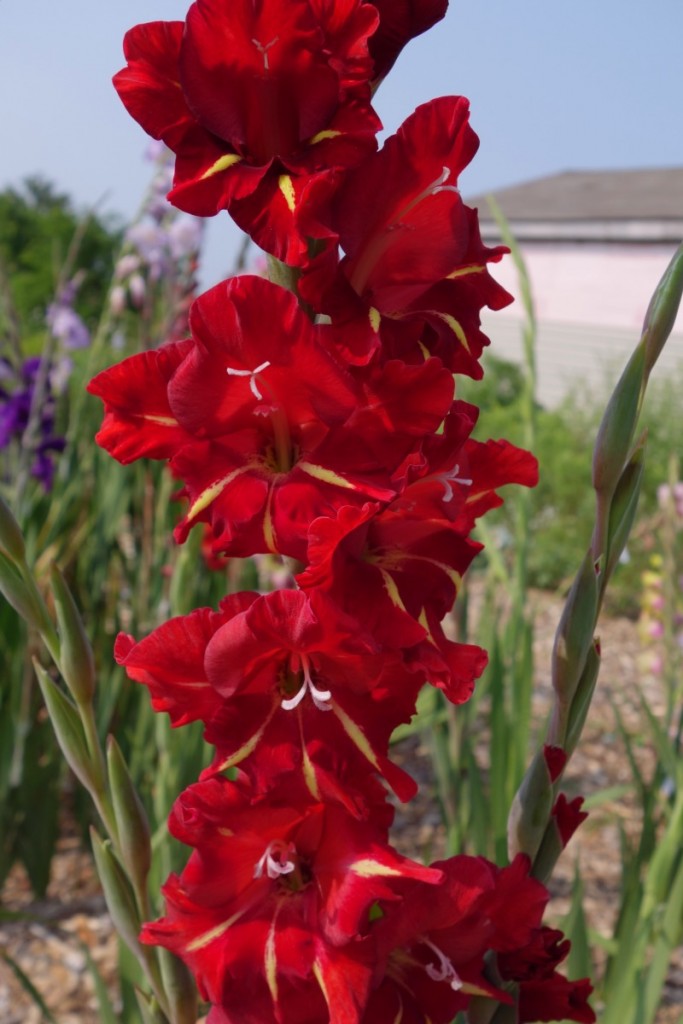
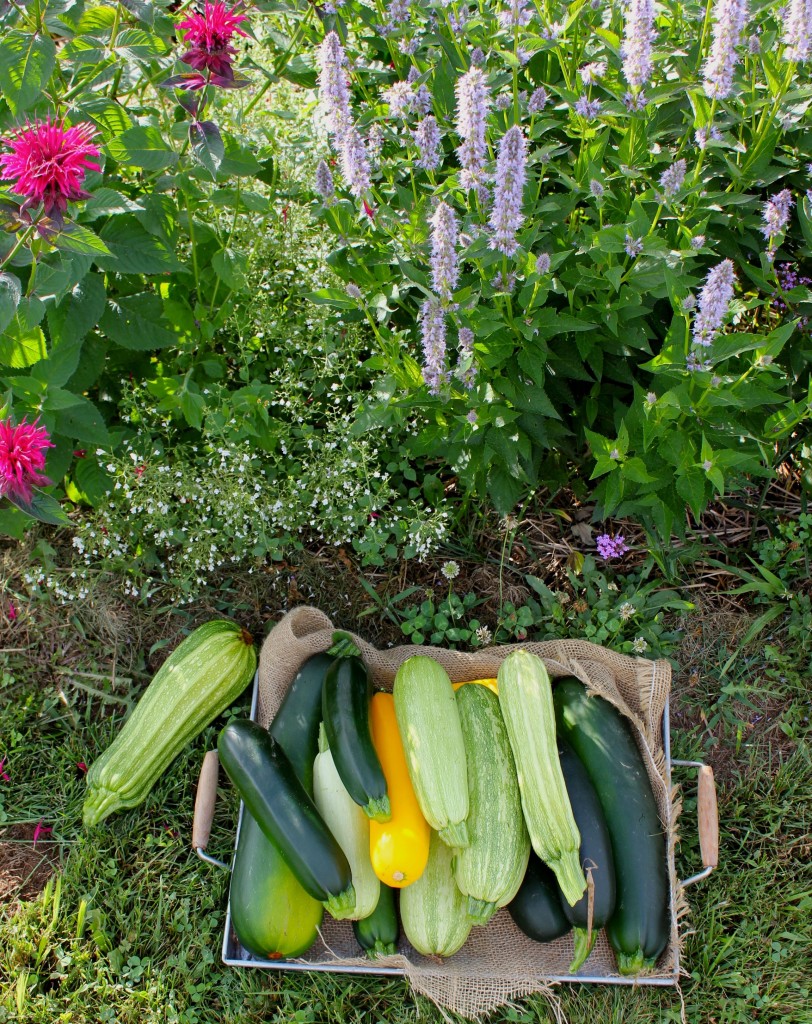
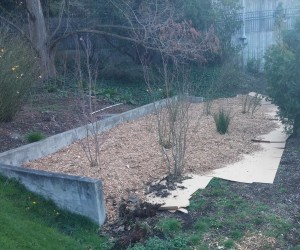
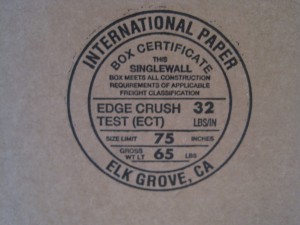

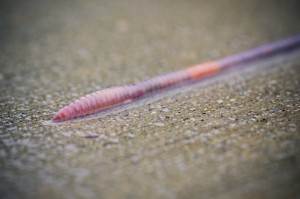
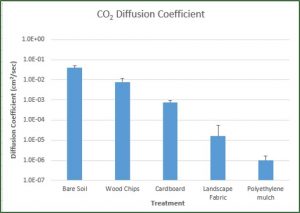
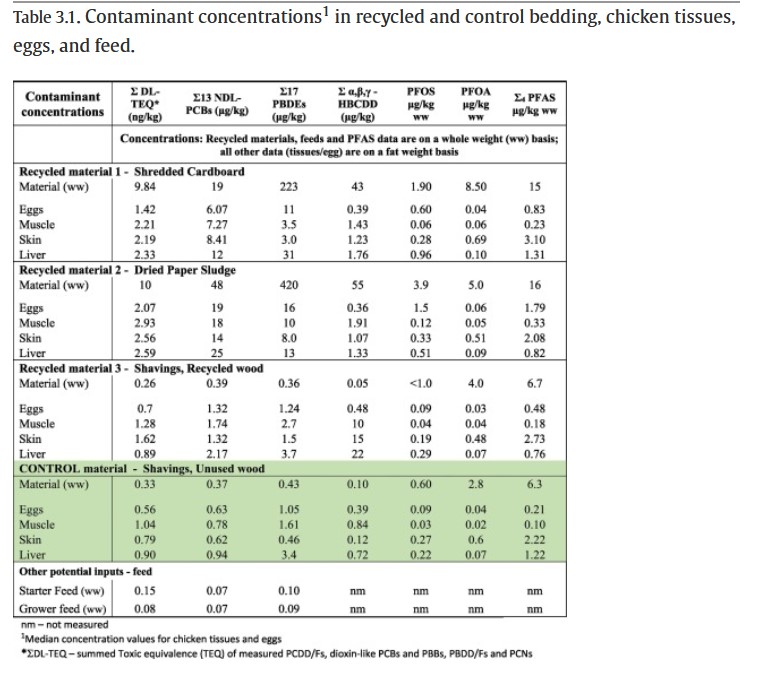
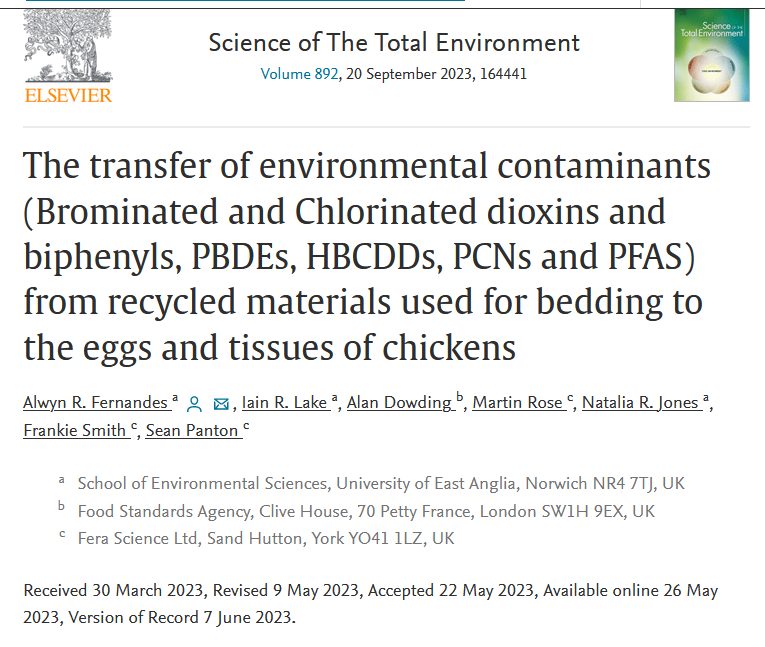


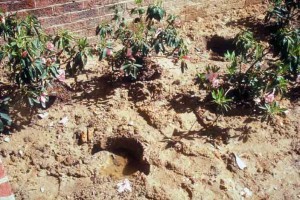
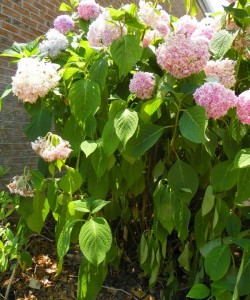

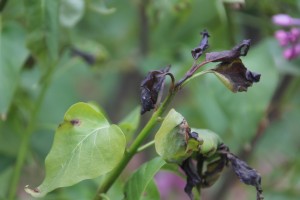
![Oystershell scale on 'Redwine' lilac [Syringa (Villosae Group) 'Redwine']](https://gardenprofessors.com/wp-content/uploads/2015/07/Scale-on-Syringa-Villosae-Group-Redwine3-copy-200x300.jpg)






